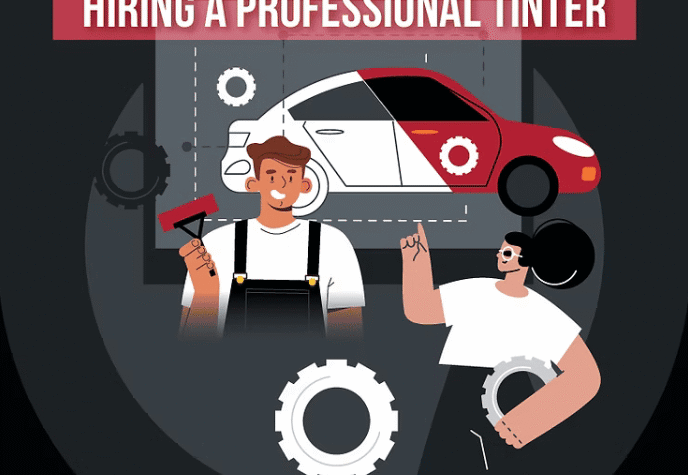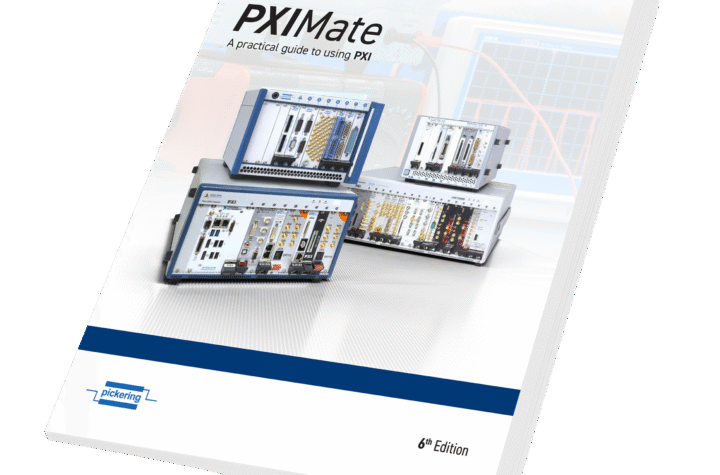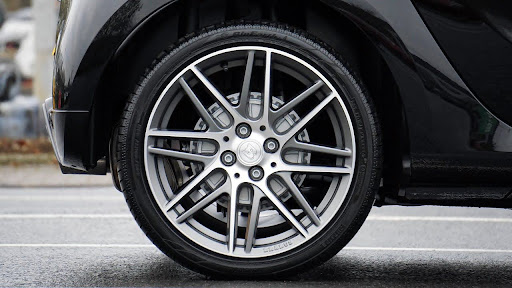
Romania is proving to be an attractive destination for automotive companies. Renault was one of the first to enter the East European country in the late 60’s with a plant in Pitesi that assembled Dacia passenger cars under license from Renault. By 1999, Renault had bought the ailing Dacia for US$ 592 million, turning the company’s fortunes around. Today, companies like Schlemmer, Continental, Aker-Kvaerner, Landini, Johnson Controls, Delphi, Manufactura Moderna de Metales, Pirelli, and Yazaki have a presence in the country. Reportedly, even Chinese automotive manufacturer Chery Vehicles is scouting around for manufacturing locations in Romania.
Direct foreign investment in Romania stood at 4.5 billion Euros in 2005, which was a leap of 106% from the previous year, according to the National Bank of Romania. A sizeable chunk of that investment is being brought in by automotive companies. With Romania likely to enter the European Union next year, the country is an attractive option for auto companies who want access to European markets. While Romanian auto exports were earlier plagued by problem of poor quality, recent years have seen a concerted effort to iron out these defects.
According to analysts, prior to 1989 the Romania’s industrial development was mainly concentrated on metal processing and manufacturing of mechanical products. Industrial complexes were created in all larger cities and while they were known for their inefficiencies, a large pool of qualified workers and engineers was created which are today being tapped by automotive companies.
According to an article in the Associated Press last year, following the 1989 overthrow of communism, Romania and its southern neighbor Bulgaria lagged behind Hungary and other central European states in attracting foreign investment, as they struggled to privatize state industries and retool centralized economies.
The AP report goes on to say that both the countries are catching up, with their economies expanding rapidly since 2000. Economic growth is expected to hover at around 6 percent for the next three years in both countries, with Bulgaria seeing lower inflation.
“Romania and Bulgaria are perceived as the new forces. They have low labor costs, and due to their geographical positions have better access to the Middle East, Russia and the Balkans,” said Radu Craciun, an analyst at ABN Amro, speaking to AP.
One of the Romanian auto industry’s success stories is Renault. Its Romanian subsidiary Dacia found that its UK Pound 5000 Logan model was a runaway success, accounting for the company’s 31 billion Euro revenues. Renault is investing 219 million Euros to manufacture MT1 Renault Nissan gear boxes in the country.
“In the Romanian industrial equipment we have already invested 650 million Euros and will further allocate 150 million Euros next year, not to mention the investments in the gearbox plant, but also in training and developing the expertise of the Dacia – Renault – Nissan employees in Romania, who make our success possible and to whom I dedicate our present success,†said François Fourmont, general manager of Dacia.
Other recent investments include 5 million Euros by Spanish company Manufactura Moderna de Metales to manufacture tubes for automotive systems and other engine parts. Schlemmer is investing 10 million Euros to manufacture cable protection systems for the automotive industry. A joint venture between Pirelli and Continental to produce metallic cord is bringing in 40 million Euros into Romania. Yazaki is investing 14 million Euros to build a wire harness factory in the country.
Romania’s flat tax rate of 16% is an incentive for companies wishing to set up base in the country. According to analysts, it takes an average of 11 days to start a business in Romania. With the country joining the EU soon, it has meant an opening up of markets and a reduction in red tape.
Romania’s salary costs are also more attractive than those in neighboring countries – according to some estimates, salaries in Romania are one-third those in other Central European countries. With the collapse of state-owned industrial companies, there is a large pool of skilled workers and professionals that can be tapped. And Romania’s economy has become increasingly stable since the overthrow of Communism in 1989 which means that automotive companies are finding the domestic market nearly as attractive as overseas markets.
The Romanian government is keen to attract foreign investment and is using the fact that it has managed to keep the budgetary deficit to under 3% of the country’s GDP and inflation is down. Romania’s biggest attraction however, is probably the fact that its geographical location makes it an excellent springboard to Eastern European and Middle Eastern markets.
Next year AutoRomania 2007 will be held in Bucharest, Romania in March. This year, the exhibition, hosted by the Romanian government and local industry associations, attracted a lot of interest. According to the exhibition web-site, most of the global OEM’s and T1 suppliers are currently looking into how they can benefit from Romania’s low cost labor and infrastructure. AutoRomania is the key annual meeting place for global OEMs, Tier 1 suppliers and Tier 2 suppliers that operate or intend to do business in Romania. In its 2nd year, it is the only truly industry respected automotive conference in Romania and attracts all the top level automotive executives, who gather to discuss future production plans, sourcing strategies, as well as current and new market developments.
Automotive Industries spoke to Matt Carnogursky, General Manager, IPEC Management Eastern SRL, which helps companies set up base in Romania and asked him what his prognosis for Romania as an automotive hub was.
AI: What are the benefits for an automotive company to set up shop in Romania as compared to other Eastern European countries?
A fund manager once advised me: Buy on a rumor, cash in on the news. Applied to Romania, the greatest gain can be derived from investing now on an educated belief in Romania’s positive future. Once the future materializes the investment pioneers find themselves way ahead of the more conservative late-comers.
I have heard several opinions about when Romania is likely to actually join the EU. However, I believe that what really matters is that the country is already living the EU spirit and making positive changes to align its laws and regulations with the EU. This is far more than can be said, e.g., about Ukraine. Romania’s center-right government enjoys respect in the country and is not shy to make changes. In addition to the right political and macroeconomic fundamentals, Romania, with its population of 25M or so, is bound to develop a strong internal market. In the near term and strategically, Romania is a top choice.
AI: Give us some examples of automotive success stories in Romania and why these companies proved successful in the country.
Purely by observing some of our customers settling and expanding in the country I see the rather obvious success story of labor-intensive manufacturers such as Delphi and Yazaki. While Delphi’s US parent is making Chapter 11 headlines its Romanian subsidiary is looking very strong and growing. Delphi, as far as I can see, is a stereotypical pioneer who is able to successfully stake out “virgin†areas with ample supply of inexpensive labor and set up shop at these locations. E.g., while building one the Delphi’s plants we were having a hard time to convince a prospective financing bank that this location was a sound business decision. A year later and with over 3000 employees there is no doubt that Delphi chose the right location.
The second category of manufacturers bets not only on inexpensive labor but also on lower-cost high-tech production and even R&D. I believe that Hella Electronics SRL, a relatively new operation in Romania, as well as Siemens VDO are examples of such strategy. To draw parallels with other countries in whose foot-steps Romania is likely to follow, the past 10-15 years of the industrial development of Taiwan from low-cost to ultra high-tech ought to convince us that this strategy is right.
AI: How much of the FDI coming into Romania today is from automotive companies? And by how much do you think it will go up over the next few years and why?
The vast majority, perhaps 8/10 of our today’s customers in Romania are automotive suppliers. I believe that the intense price pressures in the global automotive market leaves many of these firms with little choice but to come to Romania. While this share is bound to go down over the next years, yielding ground to logistics, office space development, other manufacturing, as well as to retail, in absolute terms we are now looking at an onset of a wave. We see a similar trend in the Czech Republic and Slovakia, where a good supplier base has been promoting arrivals of major OEMs, in turn further developing the supplier base. Back to the rumor-news concept I mentioned earlier, rumors abound about OEMs scouting Romania. Every OEM, in addition to drawing on the existing local supplier base, brings along a host of his established suppliers, which would up the automotive FDI in Romania several fold.
AI: What kind of incentives does Romania offer automotive companies – for example special economic zones, parks, etc?
The government offers certain tax breaks across the board for investments exceeding a modest 1M EUR. Specific additional tax breaks can be negotiated on a case-by-case basis. This topic came up in several discussions which I happened to attend and the underlying trend and concern was to make sure that any incentives, fiscal or other, comply with the EU directives on fair competition. Therefore certain older incentives are actually being phased out, for a good reason.
On the other hand, individual business-minded communities are making an effort to attract foreign manufacturers. At least some of the city administrations I have talked to are good at assessing their natural strengths and resources and at pitching these to suitable foreign investors. These municipalities either directly set up industrial parks or zones for new industrial plants or help with making it through some of the inevitable red tape associated with setting up an operation. I would like to point out that industrial parks are not necessarily the best choice for everyone from a labor point of view, as documented by the opposite strategy chosen by, e.g., Delphi. Also, a freehold on the land in an industrial park is not always to be taken for granted. Well, the world is not perfect but solutions can be found, as most of our customers can confirm.
AI: What kind of infrastructure does Romania have which would make it easy for automotive companies to start manufacturing?
If you look at the right places land for green field projects can still be found at very attractive prices, with nearby utilities, often left unused by collapsing state factories. The approaching highway network from the Hungarian side, and to certain extent from Bulgaria, makes certain border areas attractive for exporters. However, Romania is gradually building up its internal road network as well. To choose a location near a future through-fare can add significant value to the investment. The factor to consider in such cases is perhaps more the availability of labor than of the land. Once the labor pool in these corridors has been depleted the municipalities are bound to re-focus from attracting industrial FDI to other priorities, making the areas much less welcoming to new manufacturing entrants. I would like to use an example from Slovakia where the government essentially discontinued new-investment subsidies in areas along the highways, therefore effectively shielding the existing companies in these areas, which are now enjoying access to great road network, from new local competitors.
AI: What are some of the challenges that automotive companies will face in Romania when starting operations?
As with most one-off tasks in a new environment the motions to set up a new operation in a new east-European country, including Romania, can be daunting. In some cases the investor chooses a preferred location yet the local administration refuses to cooperate for a lack of appreciation of the investor’s basic needs. Requirements of some authorities can be “a moving targetâ€. Recently we have encountered activities by some land speculators that delayed otherwise certain investments. For certain issues, which the local administrations cannot resolve, we have to petition the government in Bucharest, due to a still high degree of centralization of the decision making in Romania. To stay on top of these matters is much easier, or in some cases the only option, with the help of a reputable local partner who offers the necessary professional services in a transparent manner and, importantly, “speaks your languageâ€.
AI: How does IPEC help these companies? And what are some of the challenges you have faced in starting a manufacturing unit in Romania on behalf of your clients?
The previous two questions cover a lot of the ground, and the associated challenges, in which IPEC has been most actively helping foreign clients coming to Romania. When it comes to setting up a specific plant, our core competences include land search, negotiations with city administrations, providing full design or bringing customers’ existing designs into compliance with Romanian regulations, finding the best contractors for the construction work, supervising the entire project up to and including the commissioning, and, importantly, enforcing the highest standards of ethics and financial transparency of the entire process. Our two basic operating modes are project management and leasing of built-to-suit production plants.
Since we came to rely on several highly qualified local partner companies we can also recommend qualified providers of personnel recruiting and training as well as good legal and accounting firms.
AI: How would you compare Romania to other countries in the region for automotive companies and how will EU membership help?
Romania, in addition to its location, low-cost labor, and the right political direction (EU centric) has the distinct advantage of its large size and population. While, e.g., from the point of view of good access to the Middle East markets Bulgaria may have an even better geographic location the current set of fundamentals has favored Romania. IPEC is also active in the Ukraine, which is even larger and more populous that Romania, yet for the time being lacks the infrastructure and supplier base that would allow Ukraine to compete effectively with Romania. Romania’s perhaps closest regional competitor is Slovakia, which, if I can refer to my rumor-news concept in the first answer, is in the “cash in on the news†stage. Lot of investments, lot development, but we see a growing number of companies choosing Romania as much more strategic of the two.
I expect that Romania’s EU accession will bring in many more conservative suppliers and I certainly look forward to new OEMs. The investment volume and demand for resources is bound to increase, strengthening the advantage of the pre-EU investors.












More Stories
Meet Rita Case – recipient of 2024 NAMAD Lifetime Achievement Award
How Much Can You Save Annually by Switching to Energy-Efficient Rotary Solenoids
Navigating the Electrifying Future of Automotive Batteries – Insights from Focus CEO on Lithium, Graphene, and Emerging EV Tech Trends